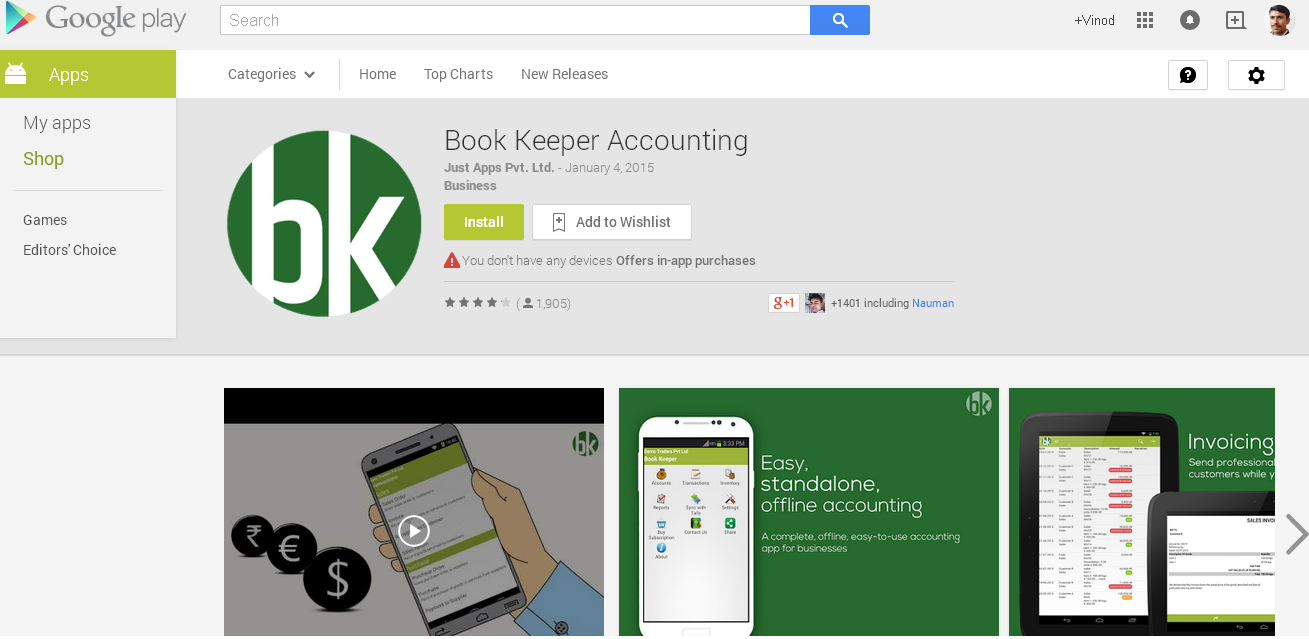This article is current for the 2014 tax year and should not be
considered tax advice. For tax-related questions or mortgage strategy
related to your individual tax liability, speak with a licensed
accountant.
It's January 2015 and, for Americans, the 2014 tax year has concluded.
Within weeks, U.S. consumers will begin receiving such tax-related
forms as the W-2, the 1099, and, for homeowners, the 1098, which is also
known as the Mortgage Interest Statement.
The U.S. tax code offers incentives to homeowners, and by taking
advantage of these breaks, 1040-filing citizens can maximize their
financial investment in homeownership.
Whether a home is financed via a mortgage, or paid-in-full with cash,
there are a multitude of tax-savings opportunities associated with
owning a home -- even at current mortgage rates which are the lowest since May 2013.
Of course, every homeowner's financial situation is different, so
please consult with a tax professional regarding your individual tax
liability.
Tax Deduction #1: Mortgage Interest Paid
Mortgage interest paid to a lender is tax-deductible and, for some
homeowners, interest paid ca provide a large tax break -- especially in
the early years of a home loan. This is because the standard mortgage
amortization schedule is front-loaded with mortgage interest.
At today's mortgage rates, annual interest payments on a 30-year loan term exceed annual principal payments until loan's 10th year.
Mortgage interest tax deductions are extended to second mortgages, too.
Interest paid on a refinance loan,
home equity loans (HELOAN) and home equity lines of credit (HELOC) are
tax-deductible as well. However, restrictions apply on homeowners who
raise their mortgage debt beyond their property's fair market value.
The Internal Revenue Service (IRS) imposes a $1 million loan size
cap. Loans for more than one million dollars are exempt from this tax
deduction.
This is one reason why homeowners with jumbo mortgages limit
themselves to one million dollars per loan. Loans for more than
$1,000,000 sacrifice mortgage interest tax deduction.
Tax Deduction #2: Discount Points
Mortgage tax deductions can extend beyond your monthly
payment. Discount points paid in connection with a home purchase or a
refinance are typically tax-deductible, too.
A discount point is a one-time, at-closing fee which gets a borrower
access to mortgage rates below current "market rates". One discount
point costs one percent of the borrower's loan size.
As an example, if the current market mortgage rate
is 3.5%, paying one discount point on loan may get you access to a
mortgage rate of 3.00%. For a loan in Orange County, California, at the
local 2015 conforming loan limit of $625,500, this one discount point costs $6,250.
In Miami, Florida, one discount point at the local loan limit of $417,000 would cost $4,170.
According to the IRS, discount points are considered "prepaid
mortgage interest" because it's an advance payment on a mortgage in
exchange for lower interest payments over time. This classification, in
turn, can render discount points tax-deductible.
The tax-deductibility of discount points varies by loan type.
When discount points are paid in conjunction with a purchase, the
cost may be deducted in full in the year in which they were paid,
dollar-for-dollar. With respect to a refinance, discount points are not
fully tax-deductible in the year in which they are paid.
With a refinance, discount points are typically amortized over the life of the loan.
The cost of one discount point on a 30-year loan can be deducted at 1/30 of its value per tax-calendar year.
Other Deductions : Property Taxes, Renovations, Home Office
Real Estate Taxes
Homeowners typically pay real estate taxes to local and state
entities. These property taxes can often be deducted in the year in
which they are paid. If your mortgage lender currently escrows your
taxes and insurance, it will send an annual statement to you which you
can file with your complete federal tax returns. Your accountant can
help determine the payment's tax deductibility.
Home Improvements
For tax-paying homeowners, certain types of home improvement projects
are tax-deductible. Home improvements made for medical reasons, for
example, can be tax-deductible. If you are making home renovations to
accommodate a chronically ill or disabled person, and the renovations do
not add to the overall value of the home, the project costs are
typically 100% tax deductible. Repairs and improvements made for
aesthetic purposes are not tax-deductible.
Home Offices
Homeowners who work from their residence can typically deduct the
expenses of maintaining a qualified home office. Allowable tax
deductions for a home office include renovations to the room(s),
telephone lines, and the cost of heat and electric. Before claiming a
home office on your returns, though, be sure to speak with an accountant
to understand the benefits and liabilities. There are caveats to
claiming home office tax deductions on your tax returns, and the rules
can be tricky.
Budget For Your Tax Breaks
Tax deductions will reduce your annual costs of homeownership and,
for some homeowners, mortgage interest tax deductions affect the math of
the "Should I Rent or Should I Buy?" question.
Tax law changes frequently, though. Consider building your housing
budget with the help of a tax preparer. Get a feel for how much home you
can afford before and after accounting for your various homeowner tax breaks.
And, as you build your budget, use legitimate mortgage rates in your
calculations. Historical mortgage rates are much higher than today's low
rates and can skew your calculations.
Furthermore, the tax deductibility of a mortgage will vary by the length of your loan.
15-year fixed-rate mortgages have become increasingly popular as
interest rates have dropped, but the deductibility of a 15-year loan is
decidedly less than that of a 30-year loan. This is because homeowners
pay approximately 65% less mortgage interest over time with a 15-year
mortgage as compared to a 30-year.
Less interest paid means fewer mortgage interest tax deductions.





